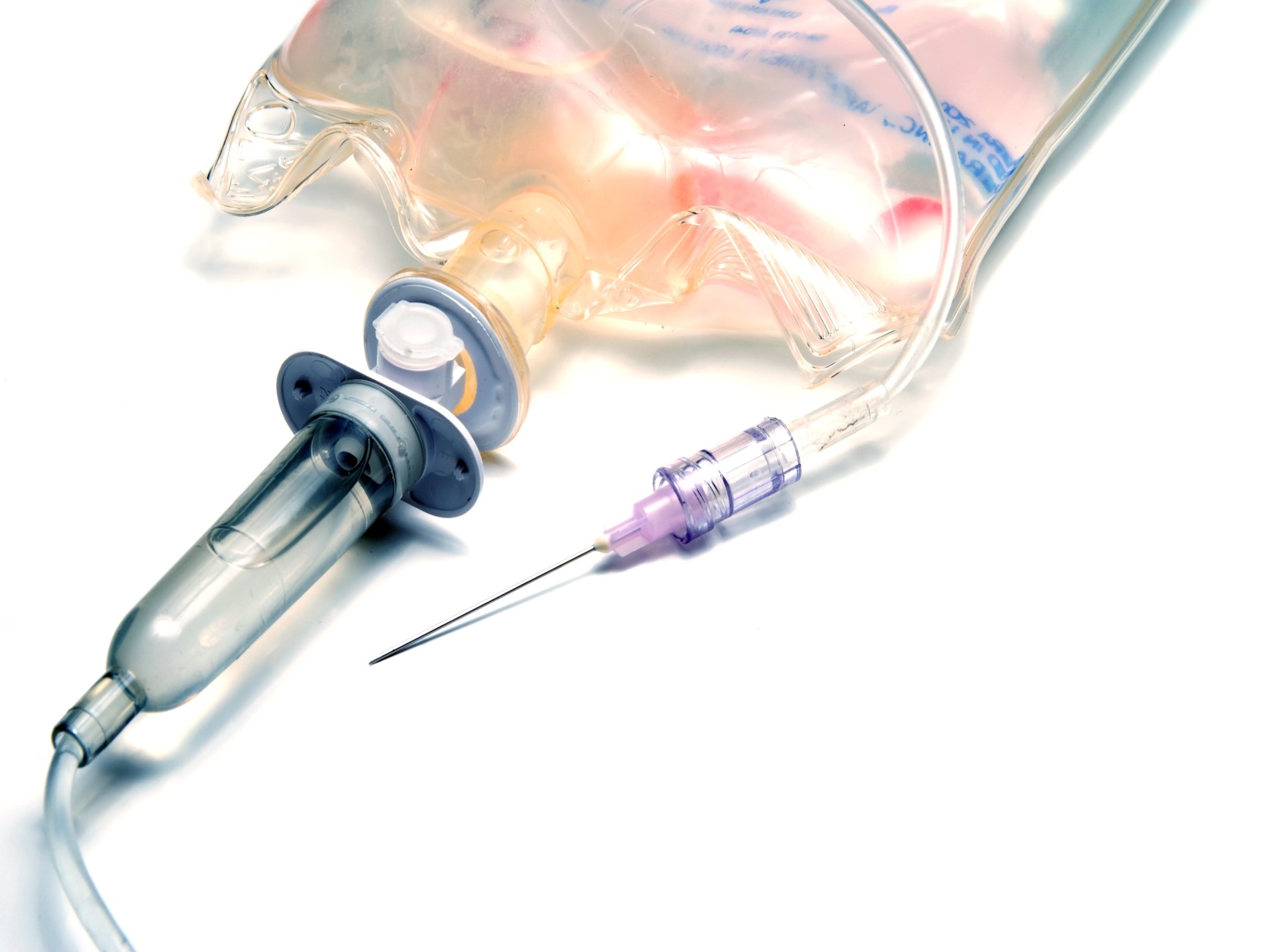
An intravenous iron therapy, Ferinject, has become the first treatment of its kind approved in Australia for children with iron deficiency anaemia.
Doctors believe this option, already approved for use in people aged 14 and over, could offer relief for children under the age of 13 where oral iron preparations are ineffective or cannot be used.
Clinical studies have shown that CSL’s Ferinject — ferric carboxymaltos, a carbohydrate complex containing iron — is an effective and well-tolerated treatment for iron deficiency anaemia in children.
Iron deficiency is particularly prevalent in children, adolescents, pre-menopausal women, pregnant women and people with chronic diseases.
In Australia, it has been estimated that about 8% of pre-schoolers, 12% of pregnant women and 15% of non-pregnant women have anaemia, with iron deficiency anaemia a major cause.
Associate Professor Pradeep Jayasuriya, a Perth-based GP with special interest in iron deficiency, said iron deficiency anaemia could disrupt every facet of a child’s daily life.
If left untreated, children living with this condition could experience symptoms including fatigue, dizziness, mental fog and difficulties with schoolwork.
By ensuring children and their parents have access to the treatments and care they need, we can mitigate the impact the condition has on daily life for those affected,” he said.
Professor Jayasuriya said that until now, physicians were totally reliant on oral iron tablets or dietary interventions.
“The problem with oral iron in the past has been getting the kids to take it, a lot of kids find it difficult because liquid iron tastes awful,” he said.
“The other issue is that they need to take it over a prolonged period – for at least 3 to 6 months to fill up an iron tank that’s depleted.
“Another reason is that the side effects of oral iron are common – about 30 to 40% would get constipation, nausea, or abdominal pain, and in children, it can stain their teeth.
“Having this intravenous indication gives us another option for treatment: you’ve tried all the little tricks to make oral therapy successful, and it has not worked. That’s when the IV is your next line of intervention.”
The new IV can be prescribed to patients following the diagnosis of iron deficiency anaemia based on laboratory tests in patients who meet the indication.

